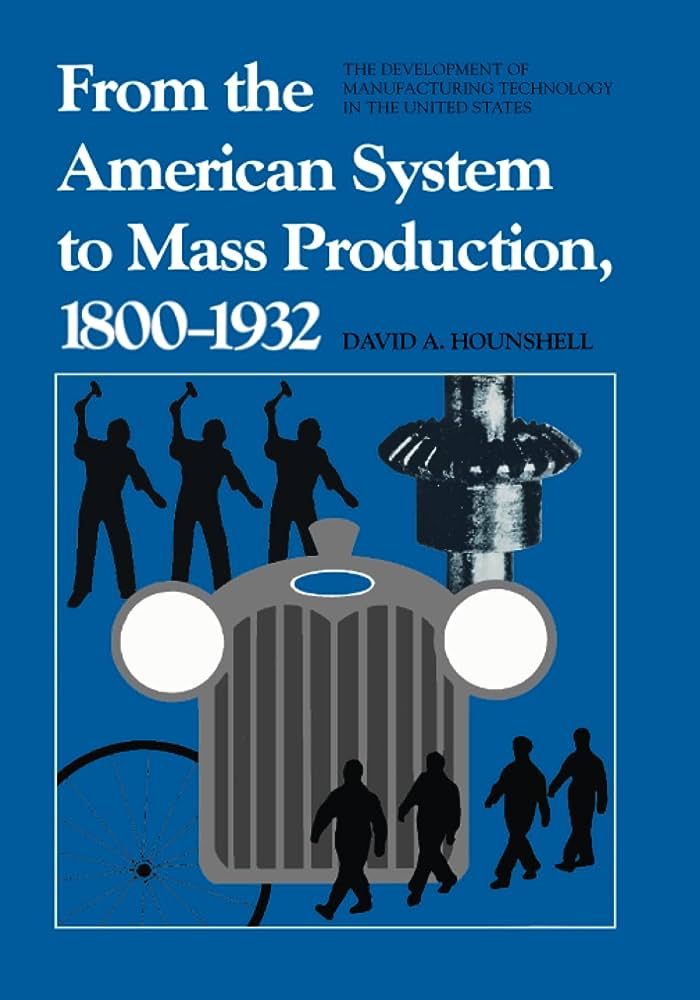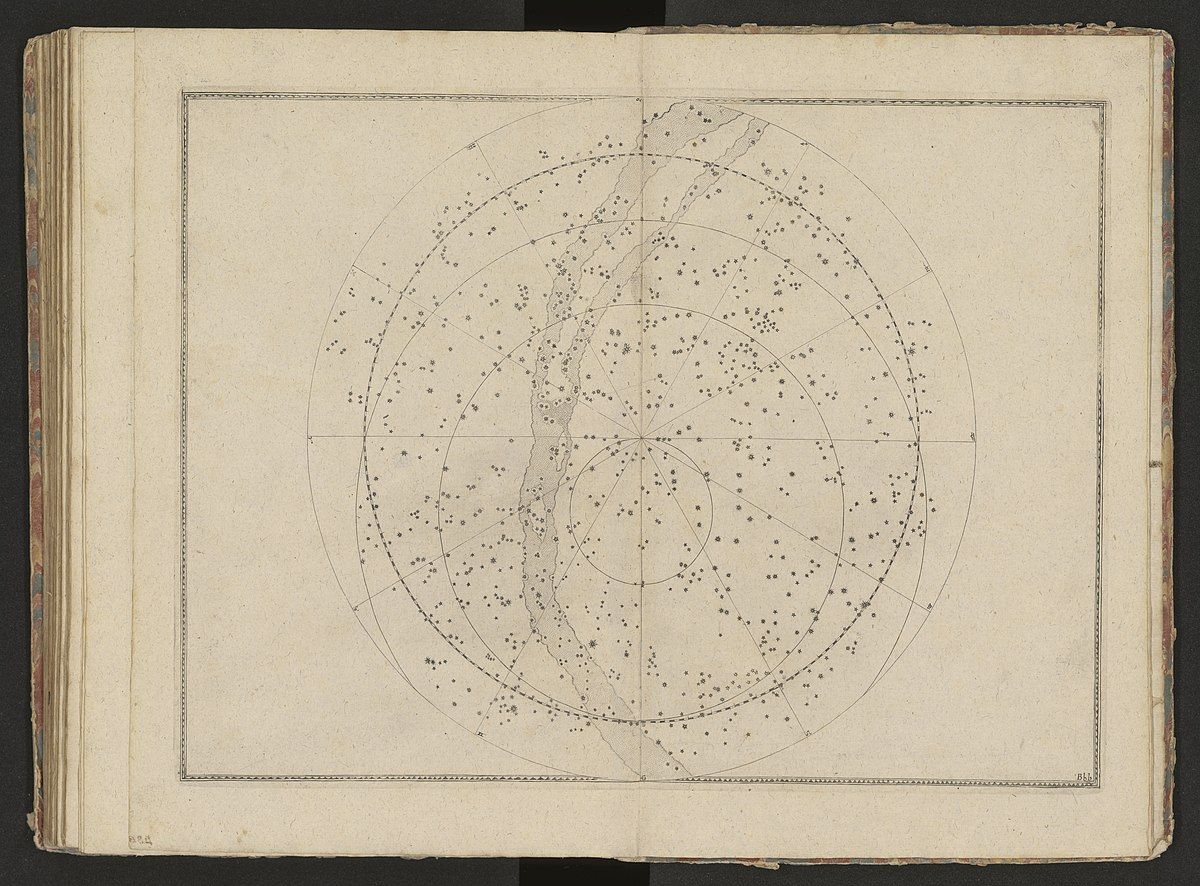Welcome to my blog, 19th Century! In this article, we delve into the fascinating topic of urbanization in the 19th century. Explore how cities transformed during this era, as rural populations flocked to urban centers, giving rise to an ever-changing landscape. Join me on this journey through time as we unearth the intricacies of 19th century urbanization.
The Impact of Urbanization in the 19th Century: A Closer Look at Rapid Urban Development and its Effects
The Impact of Urbanization in the 19th Century: A Closer Look at Rapid Urban Development and its Effects
The 19th century was a period of rapid urbanization, marked by the movement of people from rural areas to cities in search of better economic opportunities. This phenomenon had profound effects on various aspects of society.
Rapid urban development resulted in the expansion of cities and the emergence of new industries. The growth of factories and the rise of industrialization led to job opportunities, attracting large numbers of individuals seeking employment. Cities became centers of commerce, trade, and innovation.
However, this unprecedented growth also brought socioeconomic challenges. Overcrowding, inadequate housing, and poor sanitation conditions were prevalent in many urban areas. Disease outbreaks, such as cholera and typhoid, were common due to unsanitary living conditions. These challenges highlighted the need for urban planning, public health measures, and infrastructure development.
Furthermore, urbanization had profound social and cultural implications. As people from different backgrounds migrated to cities, diverse communities and neighborhoods emerged, contributing to cultural exchange and new forms of social interaction. Urban areas became melting pots of different ethnicities, religions, and social classes.
The industrial working class, comprising factory workers, faced harsh working conditions with long hours and low wages. This led to the rise of labor movements and advocacy for workers’ rights. The urban environment also provided opportunities for women to enter the workforce and participate in social reform movements, such as the suffrage movement.
The rapid urbanization of the 19th century had both positive and negative impacts. While it fueled economic growth and innovation, it also brought challenges such as overcrowding, disease, and social inequality. Understanding the effects of urbanization in this era provides valuable insights into the development of modern cities and the ongoing efforts to address urban challenges.
New York’s Brutal Back Alley Slums (Double Alley in the 1800s)
Why Cities With Grids Are Terribly Designed
What did urbanization mean in the 19th century?
Urbanization in the 19th century referred to the significant population shift from rural areas to cities, resulting in the rapid growth and expansion of urban areas. This was largely driven by the industrial revolution, which led to the development of manufacturing industries in urban centers. As cities became hubs for economic activities and employment opportunities, people migrated from the countryside in search of better jobs and improved living standards.
The process of urbanization had several notable effects on society. Firstly, it led to a dramatic increase in the size and population of cities. As more people flocked to urban areas, existing settlements expanded and new neighborhoods emerged. This led to overcrowding, increased demand for housing, and the establishment of slums in many cities.
Moreover, urbanization brought significant changes to the physical landscape. Cities underwent massive transformations, with the construction of infrastructure such as railway networks, bridges, and buildings. The urban environment evolved to accommodate the needs of the growing population, with the establishment of improved sanitation systems, street lighting, and public transportation.
Furthermore, urbanization had social and cultural implications. The diverse population of cities created a melting pot of different cultures, languages, and traditions. This led to the emergence of cosmopolitan cities, characterized by a vibrant mix of ethnicities and cultural influences. The rapid urbanization also brought challenges such as social stratification, class divides, and increased inequality.
Overall, urbanization in the 19th century reshaped societies and transformed the physical, social, and economic landscape of cities. It marked a significant turning point in history, laying the foundation for the modern urban world we live in today.
What were the causes of urbanization in the 19th century?
Urbanization in the 19th century was driven by several key factors. Firstly, the Industrial Revolution played a significant role in transforming rural economies into industrialized urban centers. This period saw the rise of factories and manufacturing industries, which attracted large numbers of people seeking employment opportunities.
Secondly, advancements in transportation, such as the development of railways and steamships, made it easier for people to move from rural areas to cities. This led to a significant influx of migrants from rural communities in search of better economic prospects.
Technological innovations also played a crucial role in urbanization. The invention of new machinery and technologies increased productivity and created more job opportunities in urban areas. These advancements also improved living conditions and made urban life more attractive.
Additionally, political and social changes contributed to urbanization. The rise of capitalism and the growth of industrial cities led to socioeconomic transformations. People moved to cities to seek better wages, improved living conditions, and access to social amenities.
Lastly, population growth itself was a driving force behind urbanization. The 19th century witnessed a population boom, particularly in Europe and North America, due to factors such as declining mortality rates and improvements in healthcare. This increase in population necessitated the development of urban centers to accommodate the growing number of people.
The causes of urbanization in the 19th century can be attributed to the Industrial Revolution, advancements in transportation and technology, political and social changes, and population growth. These factors combined to transform rural societies into bustling urban centers, shaping the course of history in this period.
How did urbanization shape the United States in the 19th century?
Urbanization had a profound impact on the United States during the 19th century. As the country underwent rapid industrialization and population growth, cities grew exponentially in size and influence.
One of the most significant ways in which urbanization shaped the United States was through the economic transformation it brought about. Industrialization led to the rise of factories and manufacturing centers in urban areas, attracting both domestic and international migrants seeking employment opportunities. This shift from agrarian to industrial economies resulted in a burgeoning urban working class and wealth accumulation in cities.
Additionally, urbanization played a crucial role in shaping the socio-cultural landscape of the United States. With the influx of diverse populations, cities became melting pots of different ethnicities, cultures, and beliefs. As a result, urban areas became hubs of artistic, intellectual, and social movements. The growth of cities also led to the development of infrastructure such as public transportation systems and parks, which provided spaces for social interaction and recreation.
Moreover, urbanization had a significant political impact on the United States during this period. As cities grew in size and population, they gained increasing political power and influence. Urban areas became centers of political activism and reform movements, advocating for issues such as labor rights, women’s suffrage, and social equality. The concentration of population in cities also led to the creation of strong political machines, such as Tammany Hall in New York City, which wielded considerable influence over local and even national politics.
Lastly, urbanization triggered technological advancements that shaped the United States’ development in the 19th century. The need for efficient transportation, communication, and infrastructure spurred innovations such as steam-powered locomotives, telegraph systems, and skyscrapers. These advancements not only facilitated urban growth but also connected cities across the nation, enabling the expansion of markets, trade, and economic prosperity.
Urbanization had a transformative impact on the United States in the 19th century. It brought about profound economic changes, shaped the socio-cultural landscape, influenced politics, and drove technological advancements. This period laid the foundation for the modern urbanized America we see today.
How did industrialization and urbanization in the 19th century impact society?
Industrialization and urbanization in the 19th century had a profound impact on society.
Industrialization brought about significant changes in the economy, technology, and labor relations. The advent of factories and new manufacturing techniques led to increased production and the growth of industries such as textiles, steel, and coal mining. This resulted in a shift from agrarian to industrial economies and an overall rise in economic prosperity.
However, industrialization also brought numerous challenges. The creation of factories led to the concentration of workers in urban areas, which resulted in overcrowding, poor living conditions, and the emergence of slums. Moreover, many factory workers faced exploitation and harsh working conditions, including long hours, low wages, and lack of safety regulations.
Industrialization also affected social classes. The rise of capitalist entrepreneurs and industrialists created a wealthy class while exacerbating the inequalities between the rich and the working-class. This led to the emergence of social and labor movements, such as socialism and trade unions, as workers organized to demand better rights and working conditions.
Urbanization was closely intertwined with industrialization. As industries grew, cities expanded rapidly, attracting a large influx of rural migrants seeking employment opportunities. This led to the transformation of once-small towns into bustling urban centers.
The effects of urbanization were both positive and negative. On the positive side, cities became hubs of innovation, culture, and economic development. They offered access to better education, healthcare, and entertainment. However, rapid urbanization also brought numerous challenges. Cities struggled to provide adequate housing, clean water, sanitation, and proper infrastructure for the growing populations, leading to disease outbreaks and increased crime rates.
Overall, industrialization and urbanization reshaped society in the 19th century, bringing unprecedented economic growth and opportunities, but also increasing social inequality and creating new social and economic challenges that had to be addressed.
Frequently Asked Questions
How did urbanization in the 19th century contribute to the development of modern cities?
Urbanization in the 19th century played a crucial role in shaping and developing modern cities. During this period, there was a significant shift from rural to urban areas as a result of industrialization and population growth. This transformation brought about several important changes and advancements.
Firstly, the rise of industrialization led to the establishment of factories and industries in urban areas. This attracted a large number of people from rural regions in search of employment opportunities. As a result, cities experienced a rapid influx of workers, leading to a substantial increase in population density.
Secondly, urbanization in the 19th century influenced the development of infrastructure and services in cities. The influx of people required the construction of housing, transportation networks, sanitation systems, and other public amenities. Streets were paved, bridges were built, and public transportation, such as railways and trams, were introduced to facilitate travel within the city.
Thirdly, the concentration of people and resources in urban centers fostered innovation and economic growth. As the population increased, there was a greater demand for goods and services, leading to the expansion of commerce and trade. This resulted in the emergence of a bustling urban economy, with specialized markets, shops, and financial institutions.
Fourthly, urbanization created social and cultural changes in cities. The close proximity of people from diverse backgrounds facilitated the exchange of ideas, arts, and knowledge. It led to the emergence of cultural institutions, theaters, museums, and educational institutions. Cities became centers of intellectual and artistic activities, attracting scholars, artists, and thinkers.
In conclusion, urbanization in the 19th century transformed cities into dynamic hubs of industrial, economic, and cultural development. The processes and changes brought about during this period laid the foundation for the modern cities we see today.
What were the main factors driving urbanization during the 19th century?
The main factors driving urbanization during the 19th century were:
1. Industrialization: The widespread adoption of industrial technologies led to the growth of factories and industries in urban areas. This created job opportunities, attracting people from rural areas to move to cities in search of employment.
2. Agricultural changes: Advances in agricultural practices, such as mechanization and the enclosure movement, led to the consolidation of land and a decrease in the need for manual labor in rural areas. As a result, many rural residents migrated to cities in search of new opportunities.
3. Population growth: The overall population increased significantly during the 19th century due to improved living conditions, better healthcare, and reduced mortality rates. This demographic expansion put pressure on rural areas, leading to migration towards cities.
4. Transportation developments: The construction of railways and canals facilitated the movement of goods and people, making it easier for individuals to relocate to urban centers. These advancements also stimulated industrial growth, leading to further urbanization.
5. Technological advancements: Innovations in communication, such as the telegraph, enabled faster information exchange and facilitated the growth of commerce, finance, and other urban-based industries. This attracted more people to urban areas seeking employment and economic opportunities.
6. Social and cultural factors: Cities offered a diverse range of social and cultural experiences, including access to theaters, museums, educational institutions, and social gatherings. This allure prompted individuals, particularly young people, to move to urban areas in pursuit of a more vibrant and stimulating lifestyle.
Overall, the combination of industrialization, agricultural changes, population growth, transportation developments, technological advancements, and social factors drove the process of urbanization during the 19th century.
How did the process of urbanization in the 19th century affect social and economic conditions in cities?
The process of urbanization in the 19th century significantly affected social and economic conditions in cities.
One major impact was the rapid population growth in urban areas. This was primarily driven by rural-to-urban migration, as people moved from agricultural areas to cities in search of employment opportunities. This surge in population led to overcrowding and increased competition for jobs and resources.
Socially, urbanization resulted in the formation of diverse communities with people from different ethnic, cultural, and socioeconomic backgrounds living in close proximity. This led to the development of vibrant neighborhoods, but also created social tensions and inequality. The rapid growth of cities also strained existing infrastructure, resulting in inadequate housing, sanitation, and public services, which further widened the gap between the rich and the poor.
Economically, urbanization brought about significant changes in the labor market and industrial production. Cities became centers of industrialization, with factories and industries emerging in urban areas. This led to the growth of the working-class population, as people sought employment in these industries. However, working conditions were often harsh and dangerous, with long hours and low wages.
The increased concentration of people in cities also facilitated the growth of commerce and trade, leading to the emergence of a middle class engaged in commercial activities and entrepreneurship. This contributed to the overall economic growth of cities.
The process of urbanization in the 19th century had profound effects on social and economic conditions in cities. While it brought about economic growth and opportunity, it also resulted in social inequalities and challenges related to overcrowding and inadequate infrastructure.
The urbanization of the 19th century transformed societies and shaped the modern world. This period witnessed a remarkable shift from a predominantly rural society to one characterized by bustling cities and rapid industrialization. The growth of factories, the development of transportation networks, and the influx of migrants seeking better opportunities all contributed to the expansion of urban areas. However, this unprecedented urban growth also brought about numerous challenges and social inequalities. Overcrowded slums, poor sanitation, and labor exploitation were prevalent issues that emerged alongside the urbanization process. Nonetheless, the 19th century urbanization laid the foundation for the modern urban landscape we see today, establishing key concepts such as city planning and public services. This period of immense change and advancement continues to shape our present-day urban environments, reminding us of the enduring impact of the 19th century urbanization on our society, culture, and economy.






